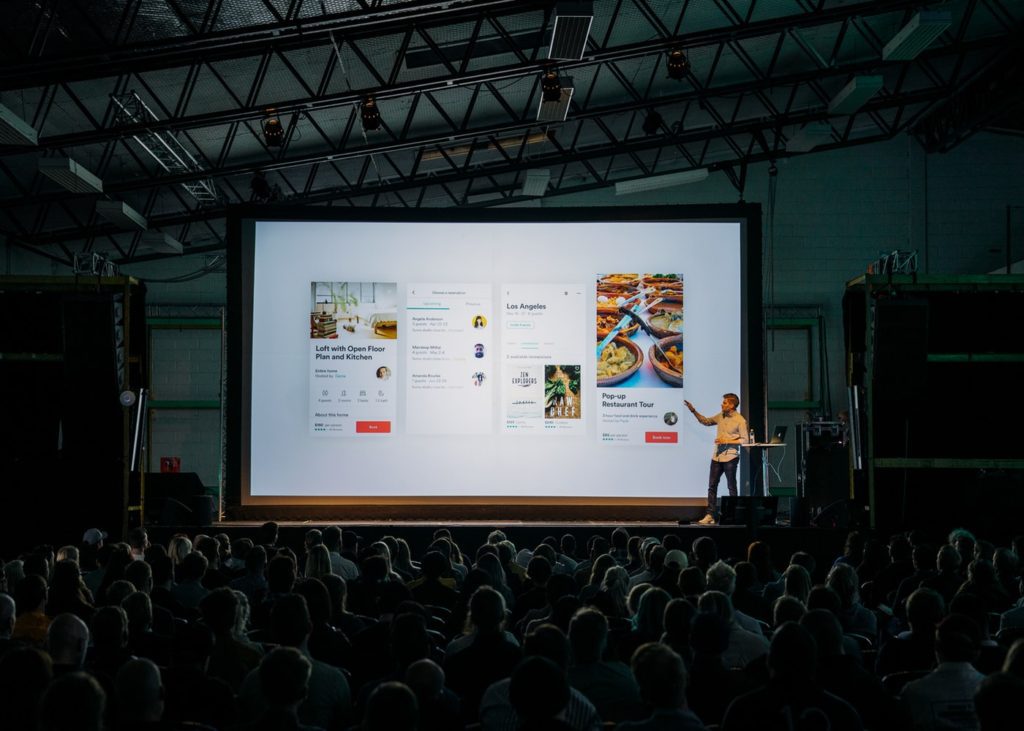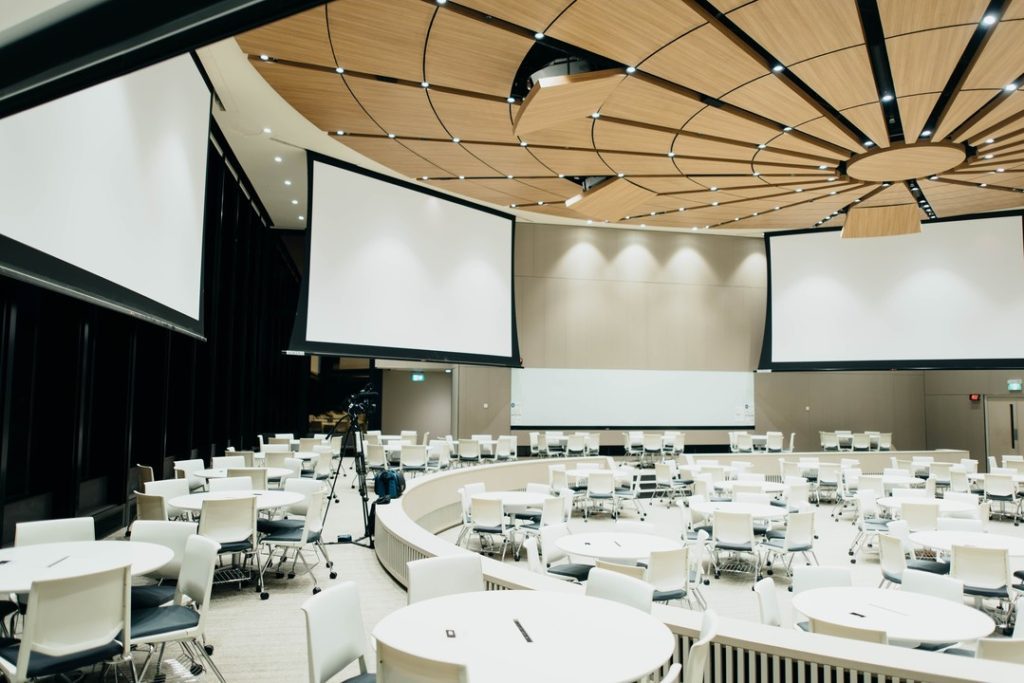Web streams can be a powerful tool for a range of business activities: internal sales events, presentations to customer or partner groups, or major announcements for which the audience might include analysts and investors. The one thing these events all have in common is the importance of delivering the presentation in real-time.
In some cases, the live streaming adds excitement. In other cases, it helps assure legal compliance. In every case, the very fact that the information is being shared live, “without a net,” adds a sense of importance and even a bit of drama. The critical factor from a technical standpoint is that the drama be all about the content and not about the technology that’s making it happen.
The role of technology doesn’t stop at the delivery platform. Depending on the content and the tone of the event, the right technology can make the occasion even more exciting, more significant, and more buttoned up.
What Deserves To Be Said Twice
Some information is so important or so specific that it should be reinforced visually. This can be the words of a carefully crafted statement, crucial numbers, or charts and graphs that make a visual statement. Another variety of such enhancements can be images of the subject matter—like a new product form factor, a geographic location, an individual being recognized, or any other type of content that is best presented visually, not just verbally. And let’s not forget pre-recorded video.
To integrate this information requires the ability to pull from multiple sources; cutting from the live feed to the prepared material, splitting the screen so both are being shared simultaneously, or even placing graphics over the top of the live stream.
Platforms like Vimeo and Boxcast have built-in capabilities to overlay graphics on live video feeds. vMix and Grabyo allow you to combine video streams. In this case, the video stream can include still images. For less robust events, tools like the ATEM Mini switcher can be an acceptable solution.
Place, Show, Win
The place where you hold your event is a huge factor in whether your show is a winner.
If your webstream is going to be delivered to mobile handsets as well as desktops, the wrong technology or unqualified support can result in under-powered or over-powered delivery. High image resolution and frame-rates can produce terrific results for some users, but be unwatchable for others. A possible solution, in this case, is adaptive streaming technology that—as the name suggests—adapts the speed and resolution to the platform on which it’s being shown.
If the event is going to include a live audience, the size and the layout of the venue is a critical factor. Some purpose-built venues can seem ideal thanks to the quality of their displays and sound systems. In those cases, you’ll still want to confirm that the material being presented is suitable to be delivered at that scale. If a general-purpose venue is going to be adapted for the event, the displays and sound systems need to be “right-sized” for the location.
In this case, connectivity becomes another consideration. How will the material get to and/or from the equipment? Suddenly, Internet connectivity and integrations become success factors. While there are a number of systems that can connect the various platforms, the exact configuration depends on the content you plan to stream and the location of your event.
Prepare For The Best
Whatever your content, your venue, or your presenter, the key to a successful webcast is not just the technology. The key is preparation. When technology is part of the event, planning becomes critical. Even before the rehearsals (and, yes, you may want to rehearse your event a few times), you will want to map out the technical details and flow of your presentation.
Who is controlling the cameras? Who is monitoring the audio? Who is switching sources? Who has overall control? These might seem like obvious considerations. But, if the people aren’t 100% comfortable with the platforms, it can come across as awkward delays in the flow, misapplied graphics, or other hiccups that take the audience out of the moment.
Most importantly, make sure you’ve walked through every aspect of the event with the principals: the speakers and guests. If there are specific cues they need to look for or deliver, make sure they have noted them. If the occasion is a big reveal, this will make the reveal even bigger. If the event is a sharing session, this will make everyone forget there is technology at work at all.
The best enhancement you can provide to your webcast is to foster the closest possible connection with the audience. For that, it’s not just the technology. It’s how you use it.



